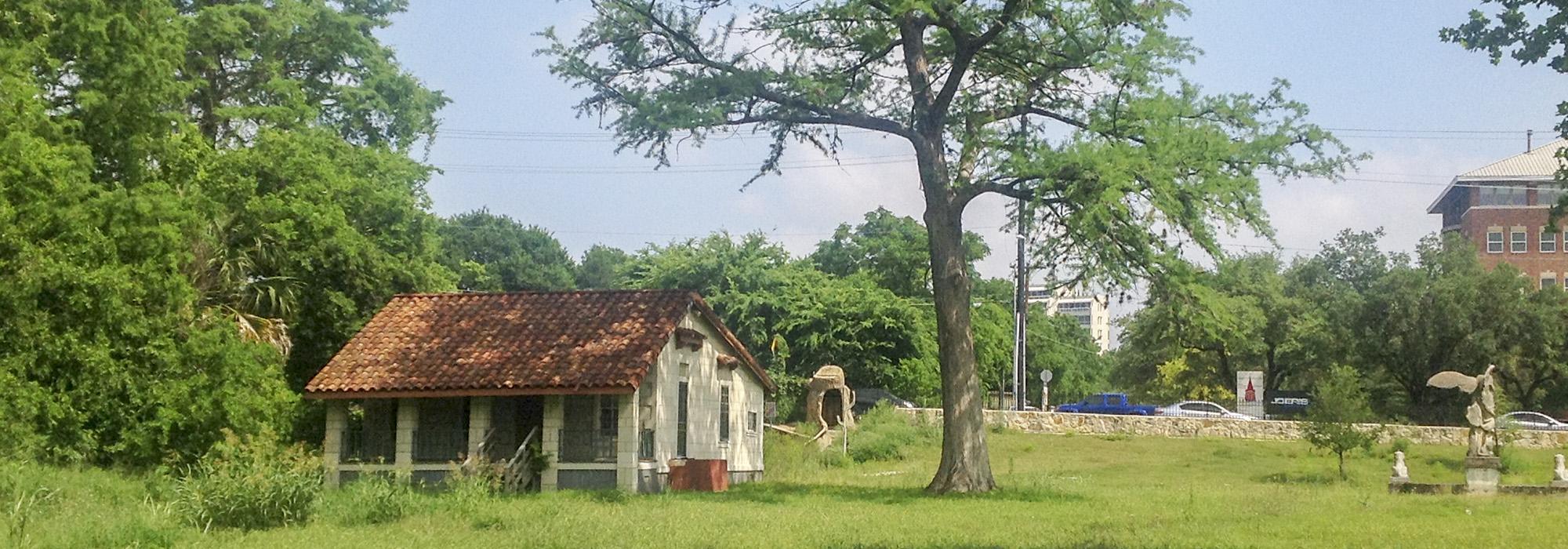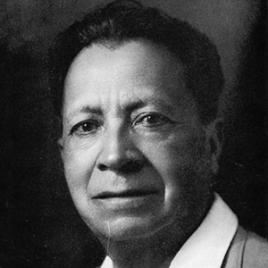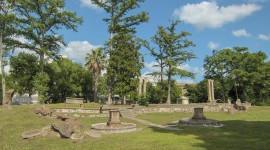Pioneer Information
Born in Xochimilco, Mexico, a place famous for its unique agricultural system of floating gardens, Urrutia was an early beneficiary of a government initiative to expand access to education to more people of indigenous descent. An ambitious child, he excelled consistently and earned top national educational honors. After serving in the military and attending medical school, he became the youngest professor of surgery at the Escuela Nacional de Medicina de Mexico in 1900, at the age of 28. By 1911 he had built a celebrated hospital complex, Sanatorio Urrutia, in Mexico City’s historic suburb of Coyoacán.
Urrutia’s interest in the sciences and the natural world were intertwined, and gardening and landscape architecture became his avocation. The state-of-the-art medical facility at Coyoacán was set in an impressive garden on pastoral grounds that included sculpture and paths for strolling, contemplation, and recovery. In 1912 Urrutia became director of La Escuela Nacional de Medicina, and in 1913 he became director of the Hospital General. He briefly served as a minister of the interior in the Mexican presidential cabinet, but the turmoil of the Mexican Revolution forced him into exile in 1914. He went on to become a world-renowned surgeon in San Antonio, Texas, where he purchased land near the source of the San Antonio River in 1921. There, over the next quarter century, he created and developed Miraflores, a garden dedicated to the history and culture of Mexico, as a way of expressing his love for and memory of his homeland. Urrutia suffered a stroke in 1963, from which he never fully recovered. He died in San Antonio at the age of 103.





